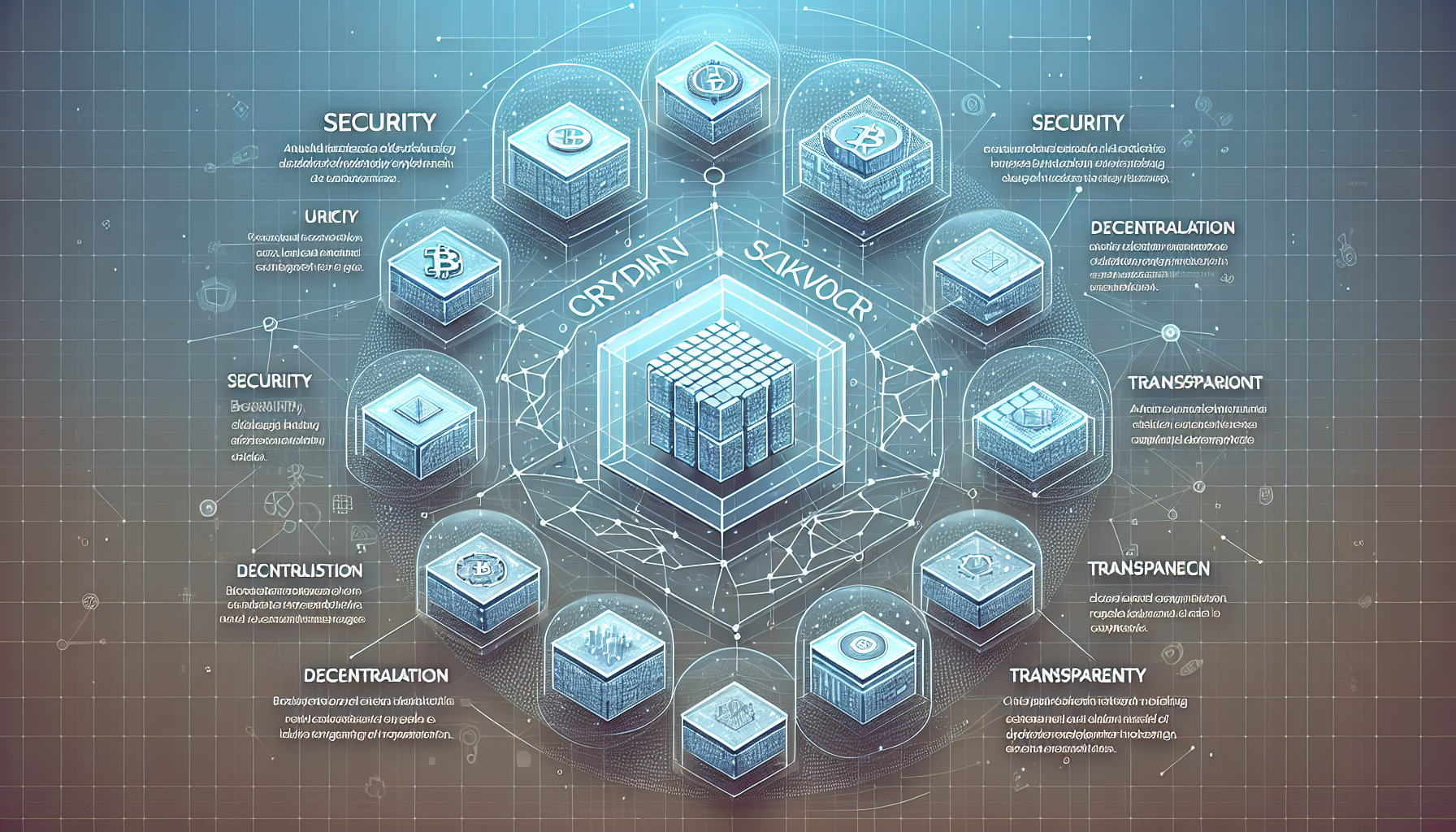Introduction: What is Blockchain Technology?
As the world of digital currencies continues to evolve, one question arises for many: What exactly is blockchain technology? According to recent statistics, over 5.6 million cryptocurrency holders globally are still unaware of the fundamentals of blockchain. This guide aims to bridge that gap, offering insights into the underlying principles of blockchain technology.
1. The Core Principles of Blockchain Technology
At its core, blockchain technology is a decentralized ledger that securely records transactions across a network of computers. The main components include:
- Decentralization: Unlike traditional databases, blockchain operates without a central authority.
- Transparency: Every transaction is visible to all participants, enhancing trust.
- Immutability: Once a transaction is recorded, it cannot be altered, ensuring data integrity.
These core principles lay the foundation for various applications, including digital currency trading.

2. How Blockchain Technology Works
Understanding how blockchain works is crucial for anyone interested in its potential. Imagine a marketplace where every transaction is documented in a chain of blocks, where each block contains:
- A list of transactions
- A unique hash that connects it to the previous block
- Timestamp of when it was added
When you conduct a transaction, it must be validated by the network through consensus algorithms. This mechanism ensures that only legitimate transactions are added to the blockchain, thus increasing security.
3. Practical Applications of Blockchain Technology
Aside from powering cryptocurrencies, blockchain technology has numerous applications:
- Supply Chain Management: Track products in real-time from producer to consumer.
- Healthcare: Securely store patient records while ensuring privacy.
- Voting Systems: Ensure transparent and tamper-proof elections.
- Smart Contracts: Automate agreements and transactions without intermediaries.
For instance, businesses now use blockchain technology principles to improve traceability and accountability.
4. Future of Blockchain Technology
Looking ahead, the potential of blockchain technology is enormous. According to the Chainalysis 2023 report, the Asia-Pacific region is expected to see a 40% growth in trading volume by 2025. Furthermore, interest is growing in the development of Web 3.0 applications that leverage blockchain for a more decentralized internet.
Additionally, enterprises are actively exploring cryptocurrency investment trends for 2025 to find the best altcoins with potential growth.
Conclusion: Your Next Steps in Learning Blockchain Technology
Understanding blockchain technology fundamentals is essential for anyone looking to navigate the digital currency landscape. To maximize your knowledge, consider downloading our comprehensive guide on secure cryptocurrency storage methods to safely manage your assets. Remember, this article is informational and does not constitute investment advice; always consult with local regulatory bodies.
Stay informed, stay secure, and explore the transformative possibilities of blockchain technology with CryptoSaviours.
Author: Dr. Jane Doe, a cryptocurrency expert with over 15 published papers in the field and a lead auditor for numerous high-profile blockchain projects.


